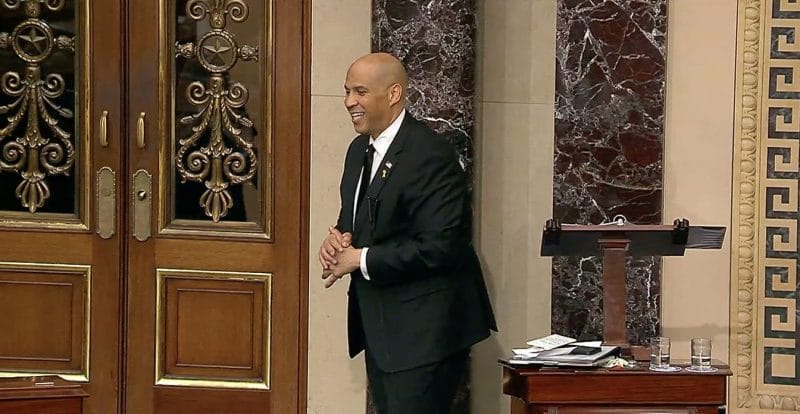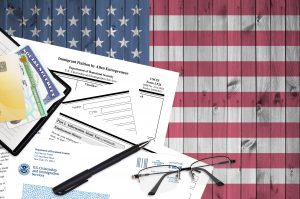Members of the Arizona Independent Redistricting Commission met Oct. 4, 2021, in the Phoenix city council chambers to discuss initial changes to the grid maps approved the previous month. L to R: Shereen Lerner, Derrick Watchman, Erika Neuberg, David Mehl, Douglas York./ Photo by Jeremy Duda /Arizona Mirror
By Jeremy Duda | Arizona Mirror
After a day of accusations, recriminations and partisan sniping, the Arizona Independent Redistricting Commission found its way to what seemed like an improbable consensus and paved the way for a possible unanimous vote on the final version of the congressional map the state will use for the next decade.
The AIRC reached an agreement on where to draw the boundary between two congressional districts in Tucson on Tuesday evening after making a series of changes to make one of the districts more competitive, a prerequisite for the Democratic commissioners’ support.
Democratic Commissioner Shereen Lerner and Republican Commissioner David Mehl sparred throughout the day, eventually agreeing on how to split the 6th and 7th congressional districts in Tucson. The 6th District is a competitive, Republican-leaning district that covers the eastern part of Tucson and most of southeastern Arizona, while the 7th District is a predominantly Latino, Democratic stronghold drawn to comply with the Voting Rights Act, which runs from western and southern Tucson to Yuma, extending into the West Valley in Maricopa County.
After trading competing proposals earlier in the day, Lerner and Mehl worked out an agreement Tuesday evening for the boundary in Tucson that makes the 6th District, on the eastern side of the line, more competitive. The commission measures competitiveness using the vote spread and final results of nine statewide races in 2016, 2018 and 2020. Based on those metrics, the district leans Republican by about 2.4% and Republicans won six of the nine elections in the “basket” of races.










